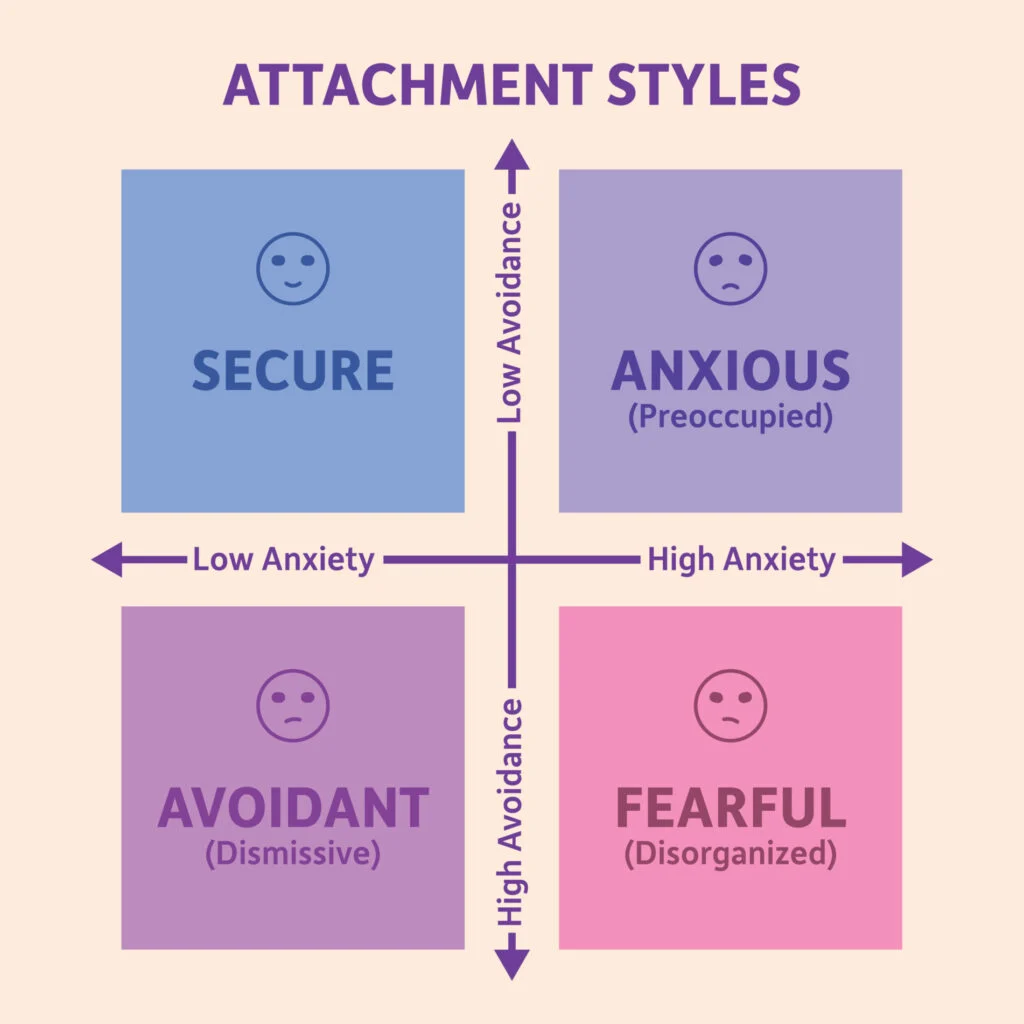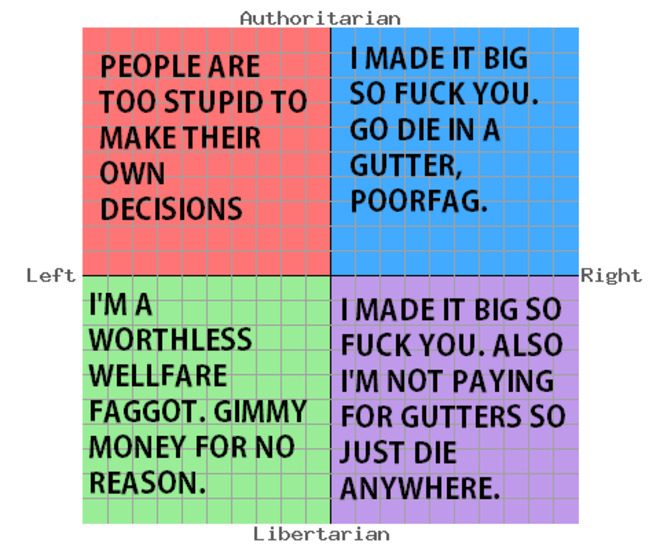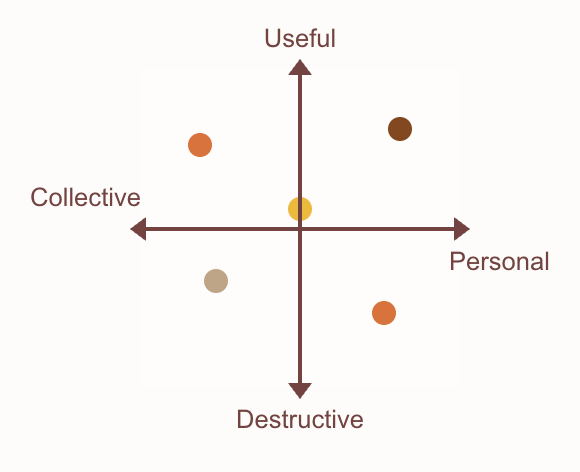Unification: Contrast + Continuity
June 21, 2025
If we were to assemble an ideological physics of unification we would need two elements applied recursively to the collective human mind: contrast and continuity.
In this case unification does not describe homogeneity–one perception, one intention–but the ability to create a conscious, interconnected web of our diverse perceptions and intentions such that we can act as a coherent unit.
Contrast describes the ability to differentiate between states, beliefs, perceptions–both across the span of humanity as well as within identity groups–to introspect as collectives. The simplest version of this is just the creation of categories. This feels pretty obvious and is our current cultural default.
Continuity describes the ability to see how things are connected.These could be a literal sequence of actions like an algorithm to get from state a to state b. It could be a sequence of relationships that connect different parts of a system (economy connects material miner to product end user) or a series of aliancies between interest groups (think 6 degrees of separation for cultural niches), that allow agents to act across society without directly coordinating. “Continuity” is the meta perception that allows us to stitching together resilient navigable connections across our culture.
Sameness creates safety. Difference inspires action.
Contast is required for delegation. Continuity enables coordination.
Together they act as an attention lever that we can move up and down as needed, an infinite zoom knob on the cultural microscope, allowing us to find points of leverage depending on the scale of action that is required.
I write this not because it is a novel discovery in social psychology but in order try and identify the conceptual frame work for the activities here. What are they intended to do? Certainly not unify humanity. But I am imagining collectives of people able to sustain positive vision and take action towards creating it and asking, what tools do they need just to do that work for themselves?
This answer: a dynamic cultural memory system that allows them to fluidly scale resolution on their collective relationship to each other and the world.



